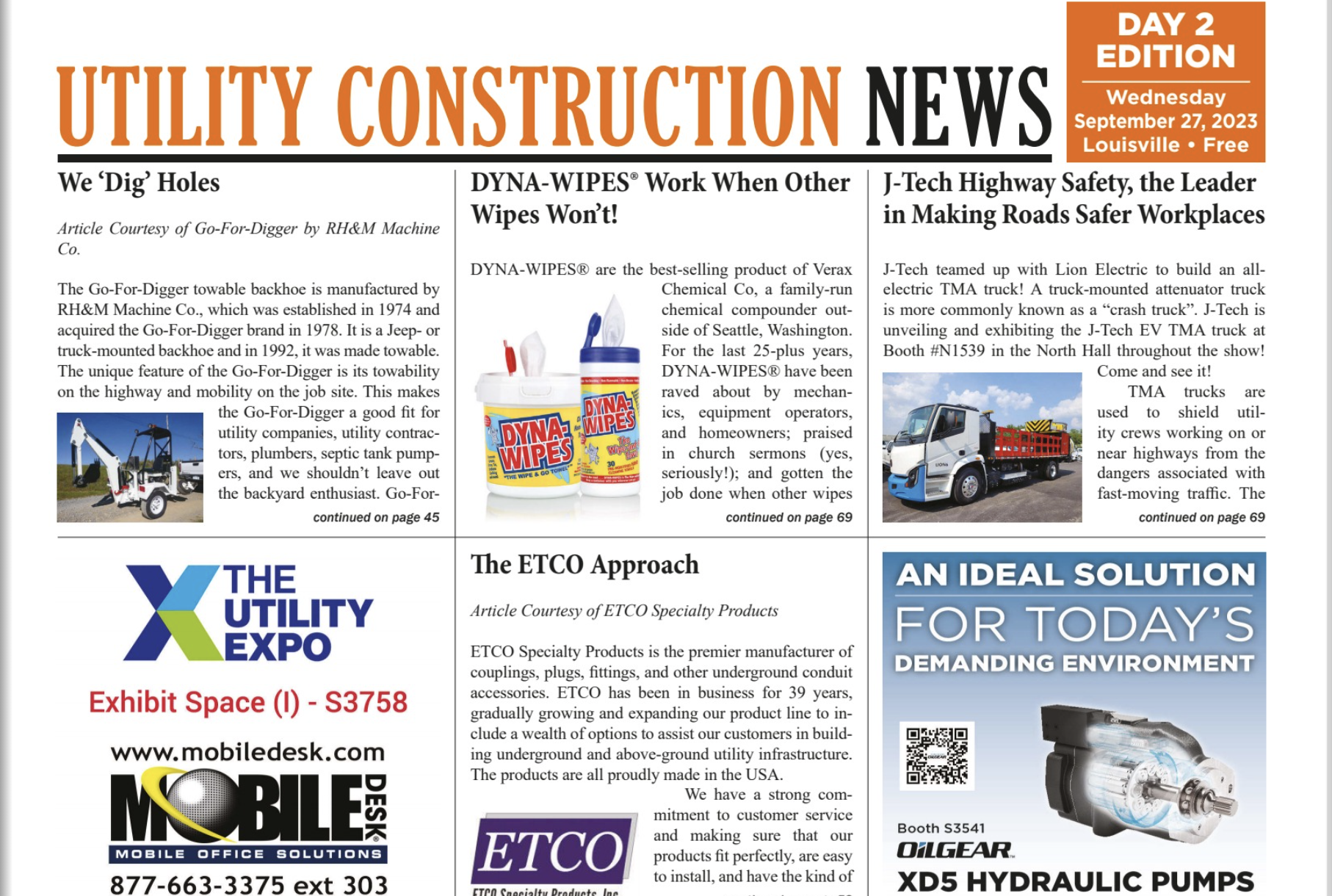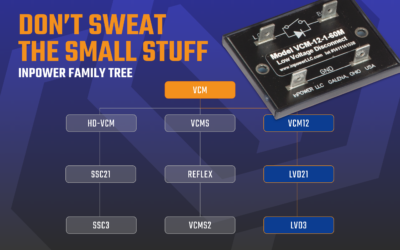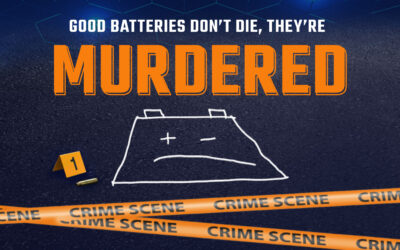It’s late and you’ve been on a job all day. It’s getting dark and you’ve got your scene lights on full blast as you finish putting things back together. The safety strobes flash to warn motorists of your presence on the shoulder of the road. You’ve been using your tablet all day too, taking pictures of the work, signing off the checklist, recording your progress so dispatch knows what you’re up to, and then hooking it back up to the charger. And, you’ve got your tools’ battery packs charging. When all’s said and done, you stow everything away, start your truck up (it takes a few tries before it fires though), and drive off back to the yard or straight to home.
The next morning your truck won’t turn over and the battery is too dead to crank. Did you leave a charger plugged in or some other load on overnight? No, you know better than that. But your battery is still dead, and you need a jump to get going, but even with a boost it still won’t turn. It looks like your battery is cooked, and it’s the third time this year. Why does this keep happening? If you’re managing a fleet, how often is this happening to your crews and their trucks?
All batteries have optimal charge-bands. If you run a battery down below its optimum minimum charge state, you may still get power out of it, but that power comes with a greater cost as the battery chemistry degrades. If you do that often enough, running the battery down again and again, eventually the battery will no longer hold enough charge to crank and you have to replace it before its time.
Work trucks today are expected to carry a lot of electrical loads which tax batteries more and more. Unless you’re actively running the engine, either by driving or idling on-scene, the batteries aren’t being recharged. Even when you have your vehicle totally off, the OEM electronics can still be drawing small amounts of current to keep things like alarms and key-fob transponders running overnight. An already low battery needs extra run-time to recharge and if you’ve been using it all day then the drive home at the end of the day may not be enough to charge it back up. That means a jump or a new battery.
To get more life out of your batteries, reduce replacement costs, and spare yourself or your fleet jump-starts, you need to prevent the batteries from running too low in the first place. InPower LLC offers several tools to help such as low voltage disconnects that can shed less-critical loads and start/stop and high-idle devices that can run your engine to recharge your batteries while on scene.
Stop by our booth [S4063] and see what we have to offer.




